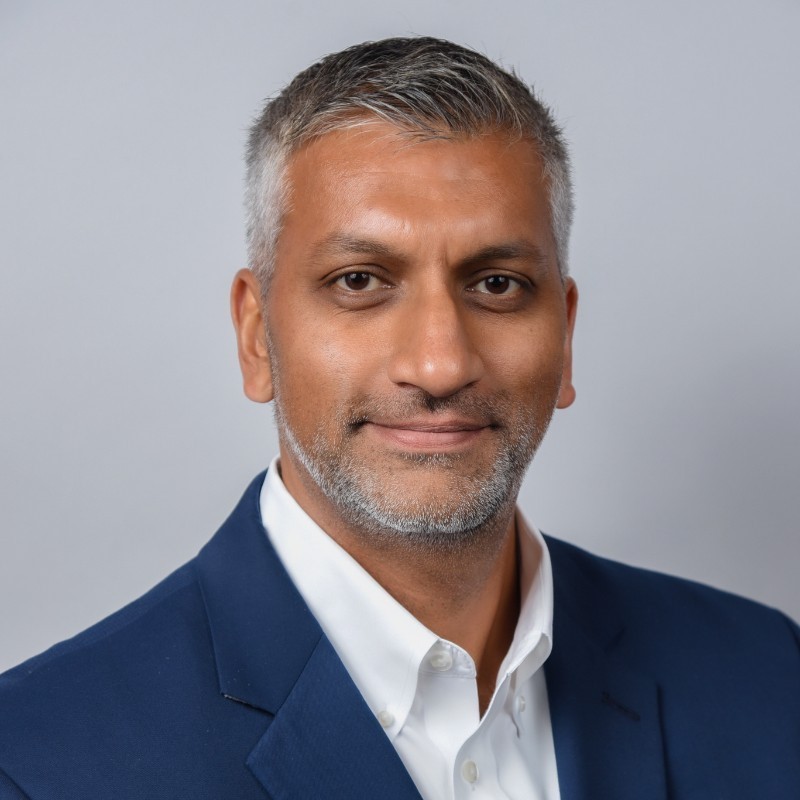
Forty years ago, at the height of the AIDS epidemic, HIV researchers and physicians discovered that simply treating the symptoms of the disease was not enough to provide lasting improvement for patients. Other factors like unstable living conditions, drug use, the public stigma over AIDS and HIV – known today as social determinants of health – all require attention in addition to a traditional treatment plan. This holistic view of the patient and caring for their symptoms, treatments, and the environment around them is what we know today as Value-Based Care (VBC).
From this perspective, one could say VBC has been part of our healthcare ecosystem for decades. We had the right medical guidelines and protocols in place, and physicians, clinics, and support systems were part of a whole person health management approach. And, it was successful.
In the decades since the HIV crisis, the emphasis in VBC has shifted away from patient outcomes to reducing costs for insurers. Sadly, the patient’s measure of “value” has become less important than the financial construct – or the value to the entities that manage the dollars, the government, the employer, and the health plan.
Re-centering around the patient’s measure of value first in the VBC holistic care model will not only improve medical outcomes but may also save money too.
Value varies by patient. When considering cancer care, for example, one patient may believe the highest value care to them means traveling out of state or even out of country for what they consider to be the “best care,” while another patient may value using a clinic near their home, where they can be surrounded by their family and friends, and sleep in their own bed at night. These patients see value in different things but are in the same population, payers can make risk adjustments depending on each patients’ individual needs and values.
As treatment options change and develop over the course of care, constantly reevaluating the risk adjustment, checking in with the patient and their priorities, and balancing the calculation of “value” towards the patient, results in better outcomes.
For patients who are feeling their care options are being driven more by cost considerations than health outcomes, some are reaching outside the walls of the traditional physician/hospital model and seeking newer direct-to-consumer models. For example, consumers can get their prescriptions filled through Mark Cuban’s online pharmacy or other similar services that market cost savings on medications and cut out the health plan’s co-pays and deductibles.
Unfortunately, there are also some services that are causing more issues for patients and wasting their money – weight loss drugs for example. When a patient goes online for these kinds of medications, there’s a prescriber on the other end granting access so they’re easy to get, but they’re vastly overused and expensive. People don’t know how to use them, and the side effects can cause negative problems. But nonetheless, the industry is flourishing with these consumer offerings.
Innovation exists, which is great. However, the issue is direct-to-consumer options are being run outside of the main healthcare system. If there were a way to fuse these back together (the service and the value) then we’d be on the right track.
In today’s healthcare system, risk adjustment is the cornerstone that helps us find the patient’s value and deliver better outcomes for patients or members. By understanding how sick someone is, or how complicated their care is, risk adjustment resets the budget to determine how much is the right amount of care for an individual or an entire population. As a tool, risk adjustment is getting smarter with the power of AI (good data) and natural language processing. With more complete and accurate data, we capture a more specific picture of what someone needs from the healthcare system. This drives the care process: the risk stratification that occurs and the resources that are deployed.
The more data points from claims information, and the more accurate data that depicts a patient or members of a population that you provided the AI model, the more likely AI is to be successful in helping us with the next stage of driving good clinical outcomes. This is when we’re really advancing deeper into delivering value and delivering a great patient experience at scale – when we can optimize care planning and ensure complete and accurate government-sponsored program payments. Good outcomes shouldn’t be dependent on having the best doctor on earth. Good outcomes are possible at scale in every urban, suburban, rural clinic in the country where everyone can get the advantage of quality knowledge and data.
Centering the patient’s measure of value in VBC can benefit patients and payers alike. Carefully adjusting that calculation over time as the care plan is implemented and the condition being treated progresses, is how payers’ and patients’ needs – and their measure of value – can be brought together under the common goal of excellent patient outcomes and improved health.
About Dr. Summerpal Kahlon
Dr. Summerpal Kahlon works with leaders and teams across Edifecs’ products and functions to inform and shape clinical strategies and policies. He is an active internal medicine and infectious diseases physician with a deep background in healthcare strategy and leadership. He has held product strategy and operational leadership roles at McKesson, Oracle, Steward Health Care, and Change Healthcare. During the ongoing industry-wide transformation from fee-for-service to value-based care, Dr. Kahlon spent time on the development and implementation of electronic health records, data interoperability, large-scale population analytics, and applied artificial intelligence to advance value delivery at the point of care. Dr. Kahlon earned his Doctor of Medicine from the UAB School of Medicine, a Master of Science in healthcare informatics from the University of Central Florida, and a Bachelor of Economics from Case Western Reserve University.

